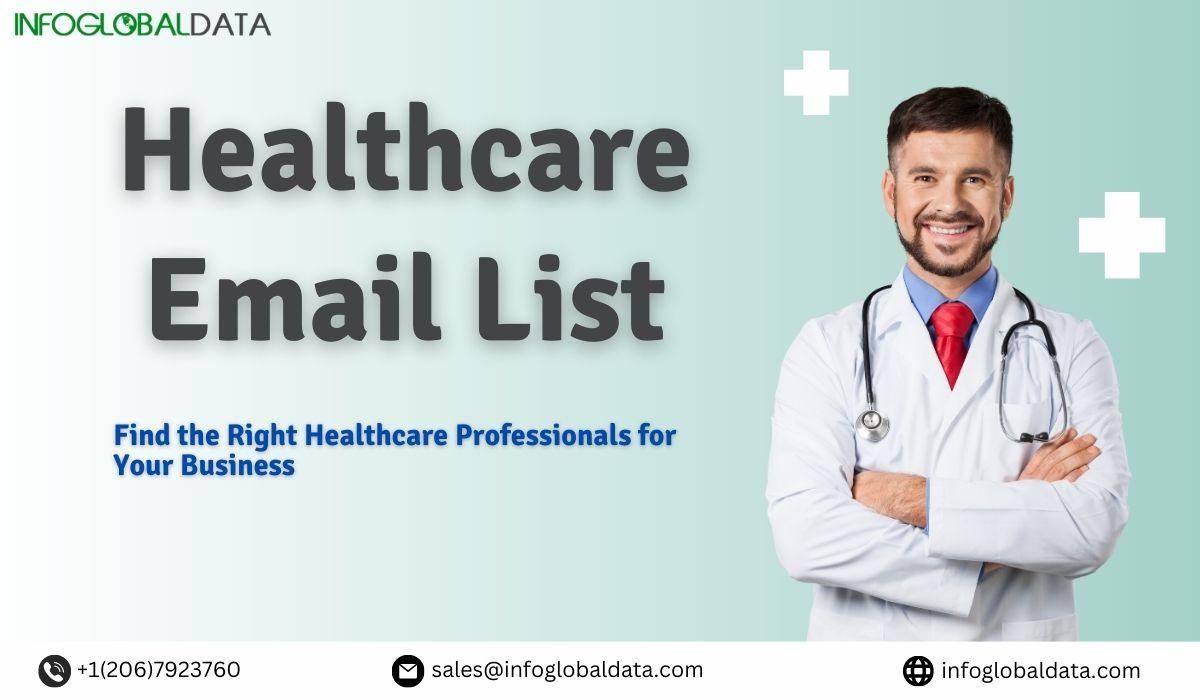Choosing the right healthcare plan for you and your family is a critical decision that can greatly impact your overall well-being and financial stability. With the vast array of options available, it can be overwhelming to navigate through the complexities of healthcare plans. Fortunately, resources such as Healthcare can provide valuable information and guidance to help you make an informed choice. Here we will explore a step-by-step approach to choosing the right healthcare plan, considering factors such as coverage, cost, network, and personal needs. By utilizing the Healthcare Email List and following these guidelines, you can make a well-informed decision that meets the unique healthcare requirements of you and your family.
Understand Your Healthcare Needs and Budget
The first step in choosing the right healthcare plan is to understand your healthcare needs and budget. Consider your current health status, any ongoing medical conditions, and any expected medical expenses in the future. This will help you determine the type of healthcare plan that will best meet your needs.
Determine how much you can afford to pay for premiums, deductibles, and co-payments. Keep in mind that a lower premium may mean higher deductible and out-of-pocket expenses, while a higher premium may mean lower out-of-pocket costs.
Consider the costs associated with each healthcare plan, including monthly premiums, deductibles, co-payments, and coinsurance. Evaluate the out-of-pocket maximums, which limit the amount you have to pay for covered services in a given year. Analyze the cost-sharing structure of each plan and estimate your potential expenses based on your healthcare needs. The healthcare mailing lists can provide information about plan costs, allowing you to compare and select a plan that offers the best balance between coverage and affordability.
Compare Healthcare Plans
Once you have a clear understanding of your healthcare needs and budget, it’s time to compare healthcare plans. Start by reviewing the benefits and costs of each plan. Look for plans that offer the coverage you need at a price you can afford.
Familiarize yourself with the various types of healthcare plans available. Each type has its own network of healthcare providers, coverage limitations, and cost structures. The Healthcare Email List can provide detailed information about different plans, enabling you to compare and contrast their features to find the best fit for your needs.
You should also consider the network of providers for each plan. Make sure your preferred healthcare providers are in-network to avoid higher out-of-pocket costs. If you have a specific doctor or hospital you prefer, make sure they are covered under the plan.
Evaluate Coverage and Benefits
Carefully review the coverage and benefits offered by each healthcare plan. Consider aspects such as inpatient and outpatient services, prescription drug coverage, mental health services, maternity care, and preventive care. Assess the extent of coverage for specialist consultations, hospital stays, and emergency care. Pay attention to any limitations, exclusions, or waiting periods associated with specific treatments or procedures. This information, available through the colleges and universities email list, will help you determine if the plan adequately addresses your healthcare needs.
Consider Network and Provider Options
Evaluate the network of healthcare providers associated with each plan. Determine if your preferred doctors, specialists, hospitals, and clinics are included in the plan’s network. Ensure that the plan offers access to quality healthcare providers in your geographic area. Take note of any restrictions or additional costs associated with seeking care outside the network. The healthcare industry email lists can provide insights into the network affiliations of different healthcare plans, helping you assess the accessibility and convenience of healthcare services.
Consider Health Savings Accounts and Flexible Spending Accounts
Health savings accounts (HSAs) and flexible spending accounts (FSAs) are tax-advantaged accounts that can be used to pay for healthcare expenses. These accounts can help you save money on healthcare costs while also reducing your taxable income.
FSAs are offered through your employer and allow you to contribute pre-tax dollars to pay for healthcare expenses.
Review Your Healthcare Plan Annually
It’s important to review your healthcare plan annually to ensure it still meets your needs. Your healthcare needs may change over time, and your plan should reflect those changes. Review your plan’s benefits and costs to make sure it still offers the coverage you need at a price you can afford.
Some healthcare plans offer additional services and resources that can enhance your overall healthcare experience. These may include telemedicine services, wellness programs, nurse hotlines, or discounts on alternative therapies. Evaluate these additional offerings and assess their value in meeting your healthcare needs and preferences. The healthcare email database can provide details about the supplementary services offered by different plans, helping you make an informed decision.
Conclusion
Choosing the right healthcare plan requires careful consideration of your healthcare needs and budget. Compare healthcare plans, review the network of providers, and consider tax-advantaged accounts like HSAs and FSAs. Remember to review your healthcare plan annually to ensure it still meets your needs. With the right information and guidance, you can make an informed decision that will protect your health and finances.




